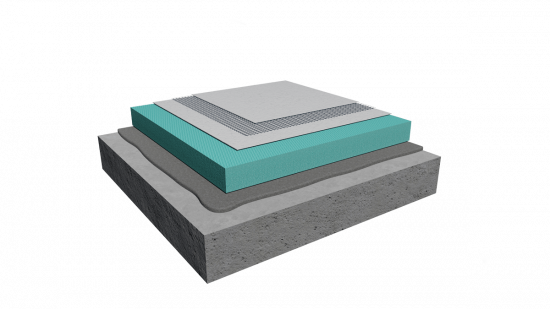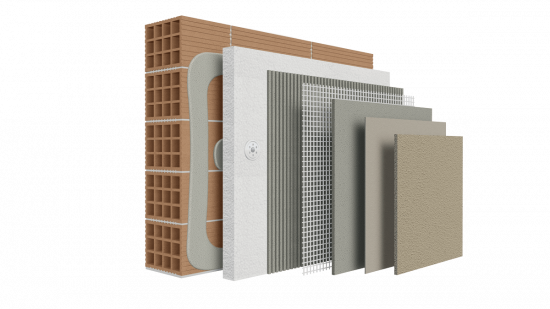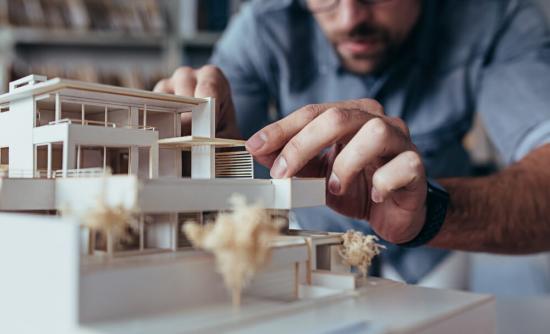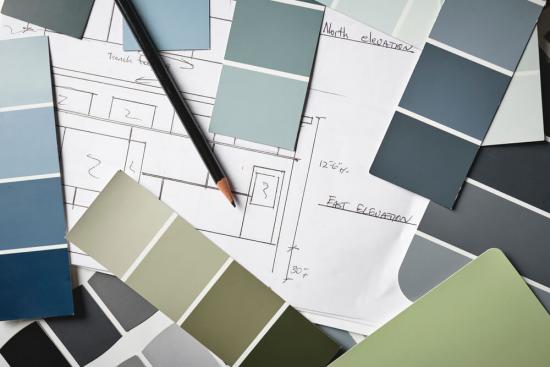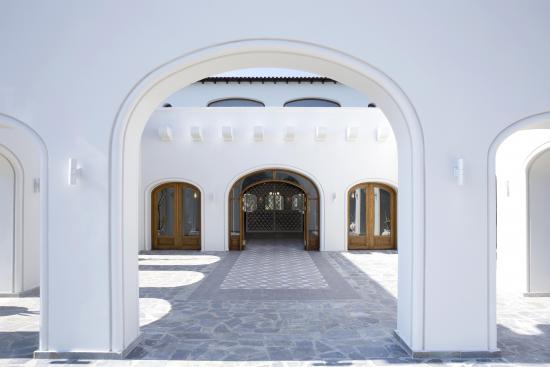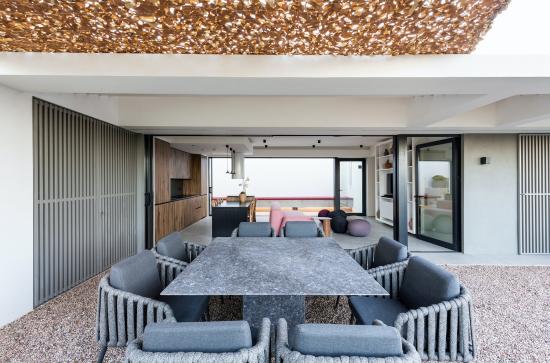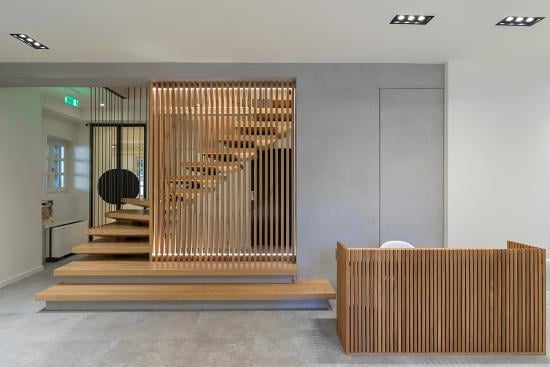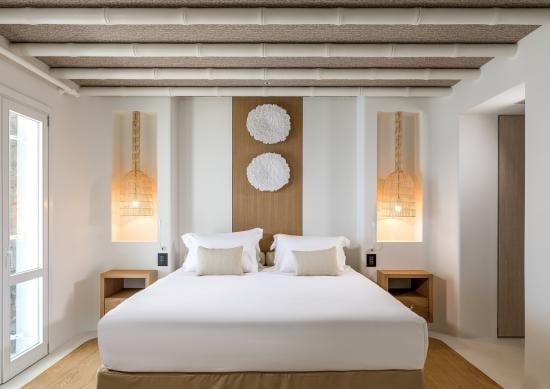Basic home energy upgrade techniques
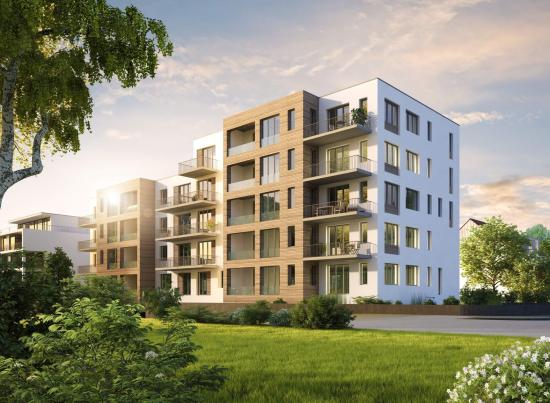
Why you should go ahead with it; operations included; items to watch for and tips for selecting the optimal contractor with benefits for your budget, for the planet and for your everyday living.
Firstly, let’s emphasize the fact that nowadays, the energy upgrade of an apartment, a single home or a complete residential building, is more essential than ever. Climate change, prolonged extreme heat periods, extreme weather occurrences, high energy cost and other factors are sufficient motivations for consideration and action. Especially regarding older residences, for instance those constructed in the past century - and there are hundreds of thousands of houses in Attica that have been standing for half a century - this is a mandatory procedure. It goes without saying that owing to the climate crisis and for energy saving purposes, interventions in building exteriors and interiors, in order to cut on heating, cooling and lighting requirements, have become a matter of priority.
The concept of energy upgrade refers to a set of interventions aimed at improving a building’s energy efficiency and living conditions, and at the same time cutting on electric power, natural gas and/or fuel oil costs, in other words all the amenities required by inhabitants throughout the year. These include heating, cooling, hot water supply and enjoy a healthy indoor environment, free from moisture and mold.
This modular, progressive process and subject to the selected interventions, buildings become more energy efficient, making a remarkable step towards sustainability. Evidently, energy upgrade benefits the environment as well as household finances; it allows a sense of safety against extreme climate - something not so rare nowadays. Upgrades are distinguished in the following eleven main categories that sufficiently cover their scope:
External thermal insulation of buildings
Applying a reliable external thermal insulation system can help to minimize heat losses and decrease cooling & heating cost by 50% and upwards, on an annual basis. Such a system comprises thermal insulation materials such as expanded polystyrene, mineral wool or extruded polystyrene and other binding, durable materials, placed in layers on external masonry. These block moisture and at the same time improve the looks of the building and add to its commercial value. It should be noted that external thermal insulation also constituted an act of concern for the environment. The reduction in energy consumption for heating and cooling systems, translates into reduced emission of carbon dioxide and other chemical compounds responsible for the greenhouse effect.
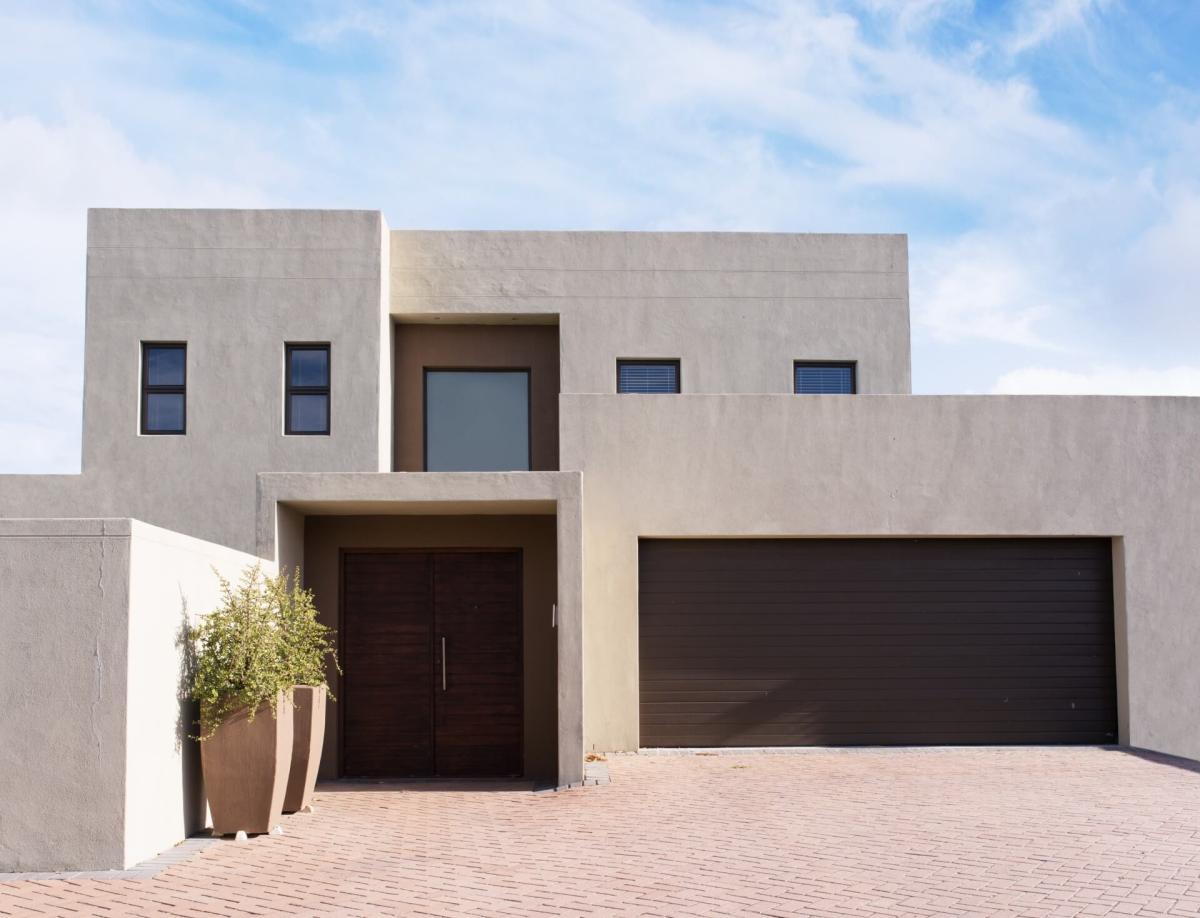
Terrace thermal insulation
The implementation of suitable terrace thermal insulation will aid to minimizing energy losses, ensuring thermal comfort all year long. Studies have shown that energy consumption for heating and cooling by up to 55%, also contributing to the reduction of CO₂ emissions, by way of such interventions. These also result in protection of the building against humidity and provide longevity and resistance to weather effects. In a manner similar to thermal insulation, these systems employ sealing and insulating materials in layers (e.g. extruded polystyrene heat insulating slabs, reinforcement glass mesh etc.).
Pilotis thermal insulation
Insulation of an apartment block pilotis restricts the heat escaping the lower building spaces, improving comfort experienced at the lower floors and increasing energy efficiency. Proper design and choice of insulating materials is necessary to ensure optimal thermal insulation and energy savings. In essence, pilotis insulation can be implemented either by installing an external thermal insulation system or by fabricating a drywall system consisting of plaster boards or cement boards. Of the two alternatives, the first is most efficient and easy to achieve. This is implemented as materials places in layers as previously (several variants of polystyrene, paste plasters, mortars), as well as hard mineral wool boards; the latter is a fireproof, noise absorbing material capable of keeping out loud external noise.
Photovoltaic systems
Installation of photovoltaic systems allows generation of clean power from the sun, drastically reducing electric power consumption as well as the operating cost of houses or residential blocks. State-of-the-art systems even allow selling generated power to the grid and yielding extra income, a feature that adds to the system’s benefits.
Solar heat systems
Solar heat systems convert solar power into heat, thus being capable of meeting up to 100% of hot water requirements in buildings, and at the same time reducing the building’s energy footprint, as they eliminate power requirements for their operation. They constitute far more complex structures compared to solar heaters (ideal for residential complexes); in essence, these are systems consisting of solar panels, water storage reservoirs and heating and distribution controllers. Installing such systems is a smart way of saving significant costs and exploiting sustainable energy from renewable sources.
Replacement of fenestration
Replacement of old-age fenestration (comprising of frames as well as the whole of window or wall systems) with energy efficient casings can reduce heat losses by up to 35%. Furthermore, modern casings offer remarkable insulation, improve security, and eliminate noise, resulting in a more enjoyable and comfortable home.
Glazing upgrades
Modern energy efficient glazings (i.e. the glass surfaces of sliding windows) help to reduce energy consumption and to improve building efficiency. The use of triple or double glazings with low heat permeability coefficient, can assist in achieving significant reduction of heat losses and improvement of interior thermal comfort.
Solar water heater
Replacement of water heater may ensure up to 80% of the energy consumed for hot water. Solar power is renewable, clean and free; this translates into remarkable savings in household electricity bills. It is definitely an essential, paramount step of the residential energy upgrade process.
Using shades
There are numerous shade types; these can be external (e.g. blinds, canopies, awnings or shutters) or internal (e.g. blinds, drapes, rollers). They can be movable and/or fixed, perforated or solid. Shades are an affordable solution that eases building overheating in the summer, cutting down on cooling requirements. Furthermore, their installation contributes to maintaining indoor temperature at tolerable levels and to reducing operating costs.
Internal and external coatings
Coating shades also play their part in the effort to save energy. Choose light colours on external walls as these reduce heat absorption and contribute to the improvement of the building’s thermal performance. Concerning the interior, highly reflective shades (e.g. all shades of white) contribute in reducing artificial lighting requirements, thus increasing energy savings, since lighting fixtures can be used for less time.
Heating & cooling systems
Upgrading of heating & cooling systems is critical to improving the energy rating of a building. Modern systems such as heat pumps, offer optimal performance, reducing energy consumption and operating cost. This upgrade also contributes in the reduction of greenhouse gas emissions. A note of warning: Before proceeding with residence energy upgrade, first make sure to implement interventions relating to thermal loss prevention, followed by upgrading the heating & cooling system.
The implementation of the above mentioned interventions can result to a significant reduction of energy consumption, improvement of building comfort and can contribute to the protection of the environment. Moreover, energy upgrade increases the value of your property; transformer it represents an investment bearing long-term benefits. Houses having received energy upgrade smell better and are at a higher grade in terms of hygiene. All the above lead to higher quality of living for tenants. Another considerable factor is that the cost of such an intervention is not prohibitive, and is expected to pay for itself within five years at most. So why wait?
The first step for a more sustainable home, through the above steps, is to opt for a reliable, advanced external thermal insulation system. BIOCLIMA Certified Advanced Energy Building Systems represent a comprehensive proposal designed with the Greek conditions in mind, for a country rich in microclimate and architectural tradition. These are smart systems, capable of adapting to climate and environment variations, as they control contaminants; contribute to the development of healthy indoor conditions; ensure water tightness; make optimal use of thermal capacity; and improve the building’s energy performance. All the above translate into enhanced quality of living and a strong sustainability statement: In fact, environment protection is linked to your own home!
There is great news that you may already have heard of: the current energy saving and emission reduction policy favours such interventions. A characteristic example is the “EKSOIKONOMO”, programme that subsidizes citizens for making improvements to the energy efficiency of their homes, in fact without spending excessive amounts of money. These days, the launch of the new “EKSOIKONOMO” programme is anticipated. This can offer subsidies and financing for the majority of the relevant interventions.
Learn more here (criteria, subsidy amounts, eligible interventions and more) and proceed with the energy upgrade of your house with BIOCLIMA guarantee and reliability.


